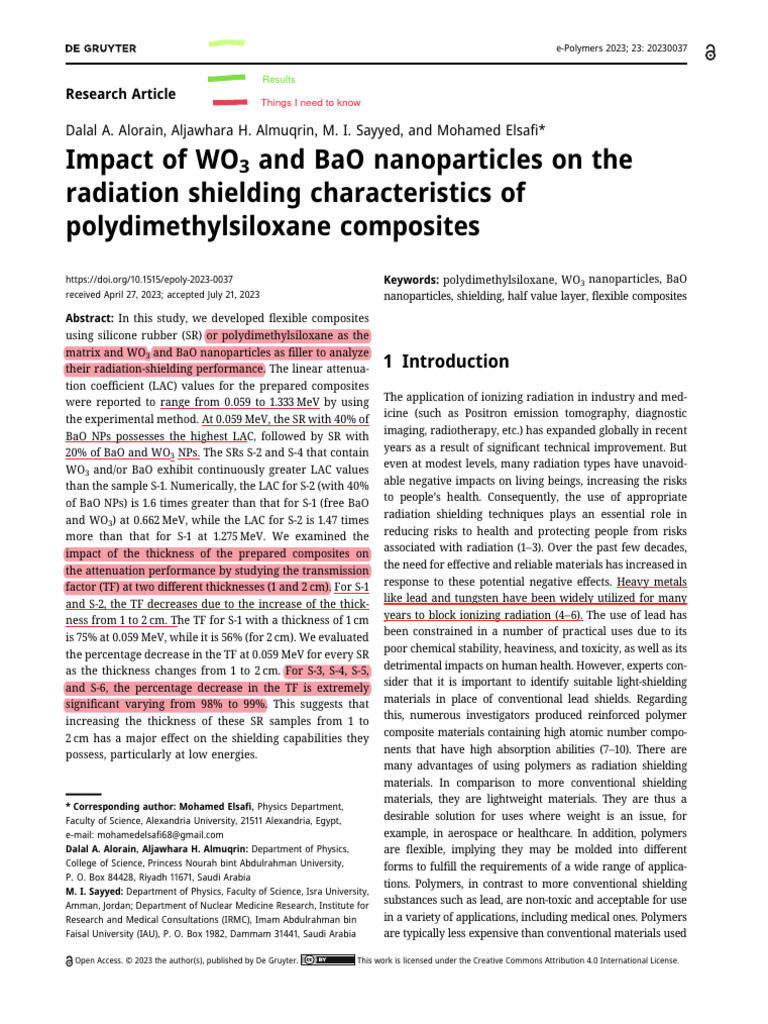Nuclear physics stands at the confluence of profound scientific inquiry and practical applications, challenging our understanding of the universe at its most fundamental level. As humanity strives to harness the power of the atom, we are presented with an array of compelling research topics that not only contribute to academic discourse but also hold potential ramifications for energy, medicine, and national security. What mysteries lie beneath the subatomic particles that compose our very existence? Delving into the enigmas of nuclear physics can be both tantalizing and daunting. Here, we excavate several potential research topics in this fascinating field.
1. The Quest for Clean Energy: Nuclear Fusion
Amidst the dire need for sustainable energy solutions, nuclear fusion emerges as a tantalizing candidate. The process, which powers stars, involves the merging of atomic nuclei to release vast amounts of energy. Researchers are investigating magnetic confinement fusion and inertial confinement fusion, each imbued with unique challenges. The dilemma is this: how can we replicate the stellar conditions necessary for sustained fusion on Earth? Advancements in plasma physics and materials science are essential to overcoming obstacles like achieving and maintaining the critical temperatures and pressures required for fusion. A fruitful line of inquiry could involve exploring novel theoretical approaches or innovative materials that withstand extreme conditions.
2. The Nuances of Neutrino Physics
Neutrinos, those nearly massless, chargeless particles, continue to puzzle physicists with their elusive nature. They oscillate between three different types or flavors, a phenomenon that has sparked considerable debate about the fundamental principles governing particle interactions. Could neutrino mass offer insights into grand unified theories or even hint at the existence of a fifth force of nature? Investigating the properties of neutrinos, including their role in supernova explosions or potential connections to dark matter, presents a rich area for exploration. Experimental results from neutrino observatories can yield clues that may assist in unraveling the mysteries of our universe.
3. Quantum Chromodynamics and the Strong Force
The strong force, responsible for binding quarks into protons and neutrons, is fundamentally described by quantum chromodynamics (QCD). Yet, despite its centrality in the Standard Model, many aspects of QCD remain shrouded in obscurity. Researching the non-perturbative regimes of QCD, particularly in the context of nuclear matter under extreme conditions, could shed light on phenomena such as color confinement and asymptotic freedom. This includes exploring how QCD affects the properties of neutron stars or the behavior of nuclear matter at ultra-high densities. The challenge lies not only in the theoretical frameworks but also in developing experimental methods that can probe these extreme states.
4. Heavy Ion Collisions and the Quark-Gluon Plasma
Heavy ion collisions performed at facilities like the Large Hadron Collider (LHC) and the Relativistic Heavy Ion Collider (RHIC) offer a unique glimpse into the conditions just after the Big Bang. These collisions create a state of matter known as quark-gluon plasma (QGP), where quarks and gluons exist free from confinement within protons and neutrons. Investigating the properties of QGP—its temperature, density, and behavior—poses countless questions. What can QGP reveal about the early universe’s evolution, and how does it fit into our understanding of fundamental forces? Furthermore, how do the results of such collisions contribute to refining theoretical models of nuclear interactions?
5. Advancements in Radiation Therapy
Turning to the realm of medicine, nuclear physics has profound implications in the field of oncology through radiation therapy. A significant research area involves optimizing the delivery of targeted therapies to minutely destroy cancer cells while sparing healthy tissues. Exploring the use of advanced techniques such as proton therapy, boron neutron capture therapy, and radioimmunotherapy can lead to substantial improvements in treatment efficacy and patient outcomes. What novel isotopes or delivery systems can be developed to enhance precision and minimize side effects? This quest not only demands an understanding of nuclear interactions but also an interdisciplinary approach, integrating physics, biology, and medicine.
6. Nuclear Security and Safeguards
As the proliferation of nuclear technology grows, so does the imperative to ensure its safe and peaceful use. Researching advanced nuclear safeguards and non-proliferation strategies forms a critical area of study. This entails assessing the effectiveness of current monitoring techniques, understanding the geopolitical implications of nuclear energy, and developing innovative detection methods for illicit nuclear material. Can machine learning and big data analytics be harnessed to better predict and mitigate threats? The intersection of nuclear physics, security studies, and international relations propels this topic into a timely and imperative domain for research.
7. The Role of Nuclear Physics in Climate Change Mitigation
In the face of climate change, nuclear physics offers a dual advantage of providing low-carbon energy while also enabling advancements in technology that may help mitigate environmental impacts. One facet of this research is the potential for advanced nuclear reactors, such as small modular reactors (SMRs) or liquid metal fast reactors, which promise enhanced safety and efficiency. Another key area focuses on improving nuclear waste management and recycling techniques, seeking solutions to one of the field’s most persistent challenges. Can innovations in nuclear technology be synergized with renewable energy initiatives to create a more sustainable future?
Through these diverse avenues of inquiry, nuclear physics not only challenges us to confront scientific enigmas but also implores us to consider the ethical and societal implications of our discoveries. What might we uncover with further research in these domains? Each question invites scientists and scholars to engage in rigorous investigation, pushing the boundaries of our knowledge while venturing into the unknown. The potential for innovation is vast, as is the promise of answering the universe’s most pressing questions.












